'Discovering the Impressionists: Paul Durand-Ruel and the New Painting' on view in Philadelphia
Pierre-Auguste Renoir (French, 1841–1919); Paul Durand-Ruel, 1910. Oil on canvas Private Collection. Archives Durand-Ruel © Durand-Ruel & Cie
PHILADELPHIA, PA.- This summer, the Philadelphia Museum of Art presents a ground-breaking exhibition examining the early struggles and ultimate triumph of the artists who became known as the Impressionists and the role played by the visionary Parisian art dealer Paul Durand-Ruel in their success. Including masterworks by Claude Monet, Édouard Manet, Edgar Degas, Pierre-Auguste Renoir, Camille Pissarro, and Mary Cassatt, Discovering the Impressionists: Paul Durand-Ruel and the New Painting spans the period of 1865 through 1905. The exhibition begins when Durand-Ruel inherited his family’s art gallery and invested in the work of innovative painters such as Eugène Delacroix, Gustave Courbet, and Jean-François Millet. It then focuses on the decisive moment when he encountered the new and luminous paintings of the Impressionists that evoked a changing, modern world. It continues through the 1880s, when Durand-Ruel opened markets for the artists’ work in the United States, and the early 20th century, when the artistic genius of the Impressionists finally achieved international renown. It reunites for the first time key paintings from early Impressionist exhibitions, some of which have not been seen in the United States in decades, or ever before. The Philadelphia Museum of Art is the exhibition’s only U.S. venue.
Timothy Rub, The George D. Widener Director and Chief Executive Officer, stated: “This landmark exhibition brings together a remarkable group of masterpieces from collections throughout the world to explore a chapter in the history of art that still captures our imagination. It tells the fascinating story of an enterprising art dealer who made an early and daring investment in these young artists, and essentially created the modern art market in the face of bankruptcy and public ridicule. Many great Impressionist collections today, including those of the Musée d’Orsay and the National Gallery, London—our partners in the development of this exhibition—were formed with works that passed through his hands.”
Over a period of forty years, Durand-Ruel purchased around 12,000 pictures, including, roughly, 1,000 by Monet, 1,500 by Renoir, 400 each by Degas and Sisley, 800 by Pissarro, 200 by Manet, and 400 by Cassatt. He became a powerful driving force behind Impressionism, making it a household name. As Monet would recall in 1924, about two years after the dealer’s death, “Without Durand, we would have died of hunger, all us Impressionists.”
The art dealer was introduced to Monet and Pissarro in London in 1871, where he began to exhibit and acquire their work. Soon he was buying Impressionist paintings on an unprecedented scale. Discovering the Impressionists recreates the boldness of this moment, displaying several of these early purchases, including Monet’s views of London (Philadelphia Museum of Art and National Gallery, London), Pissarro’s The Avenue, Sydenham (National Gallery, London), Sisley’s The Bridge at Villeneuve-la-Garenne (Metropolitan Museum of Art), and Degas’s Dance Foyer of the Opera at the rue Le Peletier (Musée d’Orsay).
Camille Pissarro, The Avenue, Sydenham, 1871. © The National Gallery, London.
Alfred Sisley (French, 1839–1899), The Bridge at Villeneuve-la-Garenne, 1872. Oil on canvas. Purchased by Durand-Ruel from Sisley on August 24, 1872. Sold to Parisian collector Jean-Baptiste Faure on April 15, 1873. Lent by The Metropolitan Museum of Art, New York. Gift of Mr. and Mrs. Henry Ittleson Jr., 1964. © The Metropolitan Museum of Art / Art Resource, NY
Hilaire-Germain-Edgar Degas (French, 1834–1917), The Dance Foyer of the Opera at rue Le Peletier, 1872. Oil on canvas. Purchased by Durand-Ruel from Degas on August 10, 1872. Sold to British collector Louis Huth on December 7, 1872. Musée d’Orsay, Paris. Bequeathed by Count Isaac de Camondo, 1911. © RMN-Grand Palais / Art Resource, NY / Photo: Hervé Lewandowski
The exhibition also restages the dramatic moment in 1872 when Durand-Ruel purchased twenty-six paintings by Manet, a visionary acquisition that marked a turning point in the career of this controversial and innovative artist. From that remarkable acquisition, Discovering the Impressionists reunites such major works as Moonlight at the Port of Boulogne (Musée d’Orsay), The Battle of the U.S.S. “Kearsarge” and the C.S.S. “Alabama” (Philadelphia Museum of Art), and The Salmon (Shelburne Museum). They are presented along with Boy with a Sword (Metropolitan Museum of Art).
Edouard Manet, Moonlight at the Port of Boulogne, 1868. © RMN-Grand Palais (musée d'Orsay) / Hervé Lewandowski.
Edouard Manet, The Salmon, 1868. Shelburne Museum, Vermont © Shelburne Museum
Édouard Manet (French, 1832–1883), Boy with a Sword, 1861. Oil on canvas. Purchased by Durand-Ruel from Parisian art dealer Alexis-Joseph Febvre on January 8, 1872. Sold to American financier and mine operator Erwin Davis in 1881. Lent by The Metropolitan Museum of Art. Gift of Erwin Davis, 1889. © The Metropolitan Museum of Art / Art Resource, NY
Durand-Ruel’s purchases from Manet in January 1872 included seascapes, still lifes, portraits, and paintings like this that recall the work of Spanish painter Velazquez. The boy’s clothing and the leather sash and sword evoke an older era while the dramatic lighting, use of black, and flat areas of paint are forcefully modern. Following his visit to Manet’s studio, Durand-Ruel sought out other works by the artist, such as this one, which he purchased from another dealer to create a monopoly on Manet’s work.
The exhibition reassembles key paintings from the important Impressionist exhibition held at Durand-Ruel’s gallery in 1876, revealing how he advanced the artists’ careers and came into close contact with Berthe Morisot and others. Public response to that exhibition was deeply divided, with the press vociferously dismissing many of the works, while literary figures such as Henry James and Stéphane Mallarmé voiced support.
Discovering the Impressionists also focuses on the importance of solo exhibitions, a novel concept that Durand-Ruel pioneered for his artists, most notably with Monet in 1883 and 1892. Demonstrating the impact of the 1883 exhibition are La Pointe de la Hève, Sainte-Adresse (National Gallery, London), Train in the Snow (Musée Marmottan Monet, Paris), and Apple Galettes (Private Collection), a large-scale still-life depicting pastry tarts that is on view for the first time in the United States. From Monet’s famous 1892 exhibition of 15 paintings of poplar trees along the banks of a river near Giverny, six are reassembled from collections around the world to examine in depth the artist’s serial approach to this now celebrated subject.
Claude Monet (French, 1840–1926), Apple Galettes, 1882. Oil on canvas. Probably given by Monet to pastry chef and hotel manager Paul Graff in Pourville, France, in 1882. Lent by Graff to Monet’s 1883 solo exhibition. Private Collection.
Claude Monet, Poplars in the Sun, 1891. © National Museum of Western Art, Tokyo
In 1905, Durand-Ruel organized the largest exhibition of Impressionism ever, at the Grafton Galleries in London, including more than 300 works by Renoir, Monet, Pissarro, and others. Among the paintings reassembled in Philadelphia will be Manet’s Music in the Tuileries Gardens (National Gallery, London), Monet’s Coal Carriers (Musée d’Orsay), Pissarro’s Pont Boieldieu, Rouen, Rainy Weather (Art Gallery of Ontario), Degas’s Miss La La at the Cirque Fernando (National Gallery, London), and Renoir’s Cup of Chocolate (Private Collection), the last of which has not been seen in the United States since 1937. Reproductions of period photographs that convey the Grafton exhibition’s unrivaled scale and ambition will also be on display, underscoring this triumphal moment in Durand-Ruel’s career.
Edouard Manet, Music in the Tuileries Gardens, 1862. © The National Gallery, London
Pierre-Auguste Renoir, The Cup of Chocolate, about 1877-8. © Photo courtesy of the owner
Beginning in 1883, while the Impressionists struggled for acceptance in Europe, Durand-Ruel took his artists’ works to the United States. Opening a gallery in New York in 1887, he began to play a pivotal role in the formation of American collections. Among the paintings he sold to collectors in this country are Degas’s The Ballet Class (Philadelphia Museum of Art) and Morisot’s Woman at Her Toilette (Art Institute of Chicago). Displayed together are Renoir’s large-scale Dance at Bougival (Museum of Fine Arts, Boston), Dance in the Country (Musée d’Orsay), and Dance in the City (Musée d’Orsay). Also included in this section is Mary Cassatt’s The Child’s Bath (Art Institute of Chicago) and Sisley’s View of Saint-Mammès (Carnegie Museum of Art, Pittsburgh).
Edgar Degas, The Ballet Class, 1880. Philadelphia Museum of Art © Philadelphia Museum of Art
Berthe-Marie-Pauline Morisot (French, 1841–1895), Woman at Her Toilette, c. 1875–80. Oil on canvas. Purchased by Durand-Ruel from Morisot. Sold to American artist William Merritt Chase in 1886. The Art Institute of Chicago. Stickney Fund © The Art Institute of Chicago
Pierre-Auguste Renoir (French, 1841–1919), Dance at Bougival, 1883. Oil on canvas. Purchased by Durand-Ruel from Renoir on November 22, 1886. Pledged to Madame Hiltbrunner as security against a financial loan until 1891, when the painting was returned to Durand-Ruel Gallery stock. Sold to Rouen collector François Depeaux in 1894. Museum of Fine Arts, Boston. Picture Fund. Courtesy Museum of Fine Arts, Boston.
Pierre-Auguste Renoir, Dance in the Country, 1883. © RMN-Grand Palais (musée d'Orsay) / Hervé Lewandowski
Pierre-Auguste Renoir, Dance in the City, 1883. © RMN-Grand Palais (musée d'Orsay) / Hervé Lewandowski
Mary Cassatt, The Child's Bath. 1893. Oil on canvas. Purchased by Durand-Ruel from Cassatt in November 1893. Sold to Connecticut collector Harris Whittemore on January 17, 1894. Bought back by Durand-Ruel on February 4, 1899. Sold to the Art Institute of Chicago in 1910. The Art Institute of Chicago. Robert A. Waller Fund. © The Art Institute of Chicago, Illinois
The final gallery of the exhibition is dedicated to Durand-Ruel’s personal collection, which was housed in the family’s apartment in Paris. It brings together an intimate arrangement of these works for the first time, including family portraits by Renoir, a sculpture in marble by Auguste Rodin, and a salon door composed of still life and floral panels painted by Monet.
Jennifer Thompson, the Gloria and Jack Drosdick Associate Curator of European Painting and Sculpture before 1900 and the Rodin Museum, stated: “Durand-Ruel and the history of Impressionism are to a large degree inseparable. From brilliant landscapes to riveting portraits of French leisure, the exhibition will demonstrate his unceasing commitment to fostering an appreciation for the work of these artists.”
Claude Monet (French, 1840–1926), The Artist’s Garden in Argenteuil (A Corner of the Garden with Dahlias), 1873. Oil on canvas. Probably purchased by Durand-Ruel from Monet on December 16, 1873. Sold to a private collector named Baroux in Paris in 1881. National Gallery of Art, Washington, Gift of Janice H. Levin, in Honor of the 50th Anniversary of the National Gallery of Art, 1991 © National Gallery of Art, Washington
Paul Cézanne, The Mill on the Couleuvre near Pontoise, about 1881. © Photo Scala, Florence / bpk, Bildagentur für Kunst, Kultur und Geschichte, Berlin / Photo: Klaus Goeken.
Pierre-Auguste Renoir (French, 1841–1919), Two Sisters (On the Terrace), 1881. Oil on canvas. Purchased by Durand-Ruel from Renoir on July 7, 1881. Sold to French art critic Charles Ephrussi by 1883. The Art Institute of Chicago. Mr. and Mrs. Lewis Larned Coburn Memorial Collection. © The Art Institute of Chicago, Illinois.
Gustave Courbet (French, 1819–1877), The Woman in the Waves, 1868. Oil on canvas. Purchased by Durand-Ruel from Courbet on February 26, 1873. Sold to Henry Osborne Havemeyer of New York on January 30, 1893. Lent by The Metropolitan Museum of Art. H. O. Havemeyer Collection, Bequest of Mrs. H. O. Havemeyer, 1929. © The Metropolitan Museum of Art / Art Resource, NY© The Metropolitan Museum of Art, New York.
Pierre-Auguste Renoir, Portrait of Mademoiselle Legrand, 1875. © Philadelphia Museum of Art, Pennsylvania
Pierre-Auguste Renoir, Sleeping Girl, 1880. © Sterling and Francine Clark Art Institute, Williamstown, Massachusetts, USA (photo by Michael Agee)
Hilaire-Germain-Edgar Degas, Horses before the Stands, 1866-68. © RMN-Grand Palais (musée d'Orsay) / Hervé Lewandowski.
Eugène Delacroix, Arab Horses Fighting in a Stable, 1860. © RMN-Grand Palais (musée du Louvre) / Gérard Blot.
Hilaire-Germain-Edgar Degas, Peasant Girls bathing in the Sea at Dusk, 1869-75. © Photo courtesy of the owner.
Charles-François Daubigny, St Paul's from the Surrey Side, 1871-73. © The National Gallery, London.
Camille Pissarro, Fox Hill, Upper Norwood, 1870. © The National Gallery, London.
Claude Monet, The Thames below Westminster, about 1871. © The National Gallery, London.
Pierre-Auguste Renoir, Luncheon of the Boating Party, 1880-1881. Oil On Canvas, 51 1/4 x 69 1/8 in. Phillips Collection. Acquired 1923. © Phillips Collection
Camille Pissarro (French, 1830–1903), The Lock at Pontoise, 1872. Oil on fabric. Probably purchased by Durand-Ruel from Pissarro on May 25, 1872. Sold to French painter James Tissot on November 17, 1873. The Cleveland Museum of Art. Leonard C. Hanna, Jr. Fund, 1990. © The Cleveland Museum of Art
The simplicity of this scene—a barge being pulled through a lock in a Parisian suburb—belies its careful depiction of a crisp spring day and the rhythmic pattern of tree trunks reflected in water. The relatively empty composition and intense atmospheric observation make it one of the more daring of Durand-Ruel’s early purchases from Pissarro.

/https%3A%2F%2Fprofilepics.canalblog.com%2Fprofilepics%2F1%2F0%2F100183.jpg)
/https%3A%2F%2Fstorage.canalblog.com%2F03%2F02%2F119589%2F96711876_o.jpg)
/https%3A%2F%2Fstorage.canalblog.com%2F11%2F31%2F119589%2F94773502_o.jpg)
/https%3A%2F%2Fstorage.canalblog.com%2F20%2F83%2F119589%2F94772815_o.jpg)
/https%3A%2F%2Fstorage.canalblog.com%2F26%2F72%2F119589%2F75604929_o.jpg)
/https%3A%2F%2Fstorage.canalblog.com%2F59%2F60%2F119589%2F26458628_o.jpg)

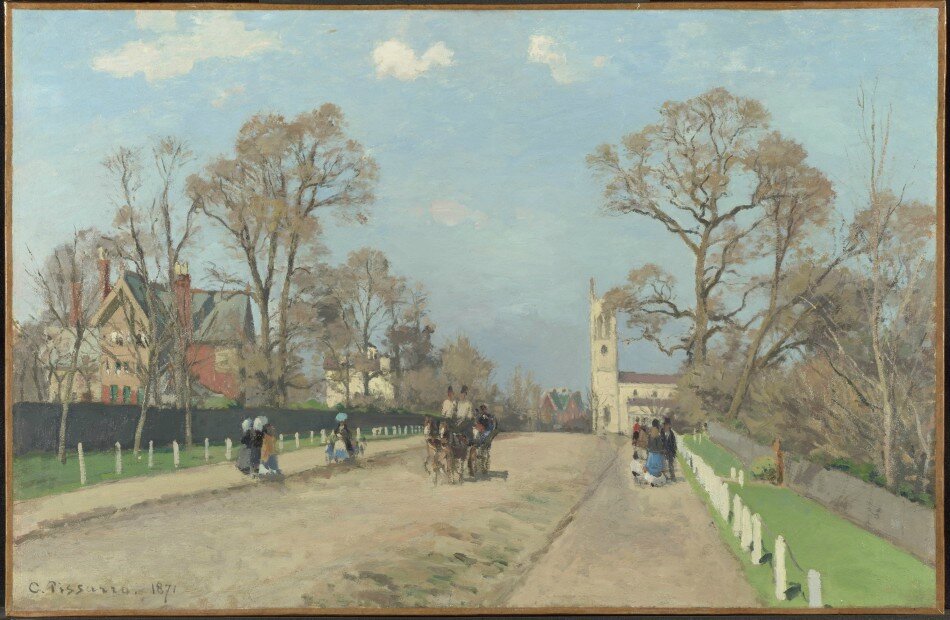
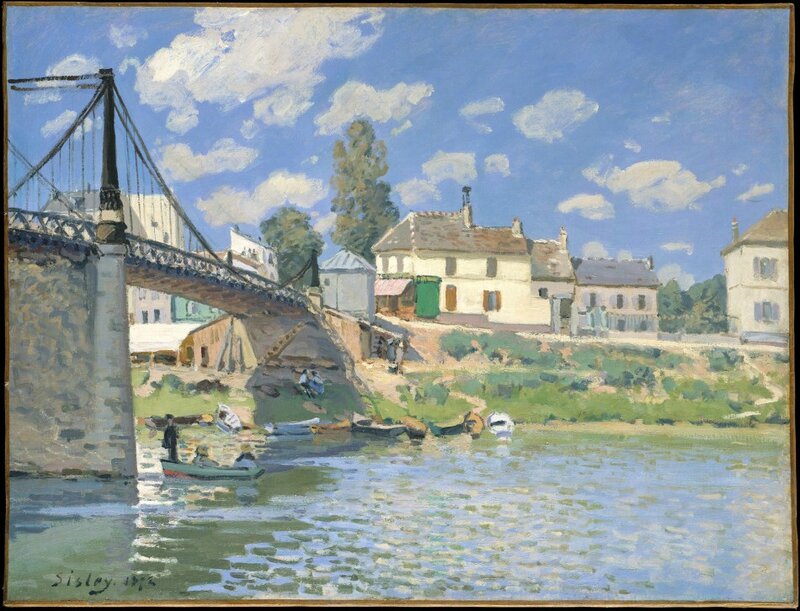

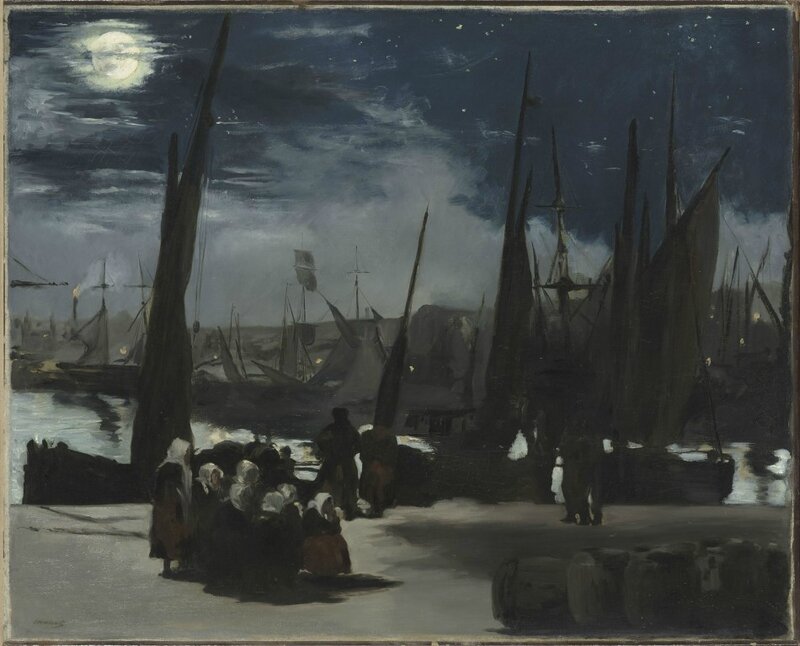
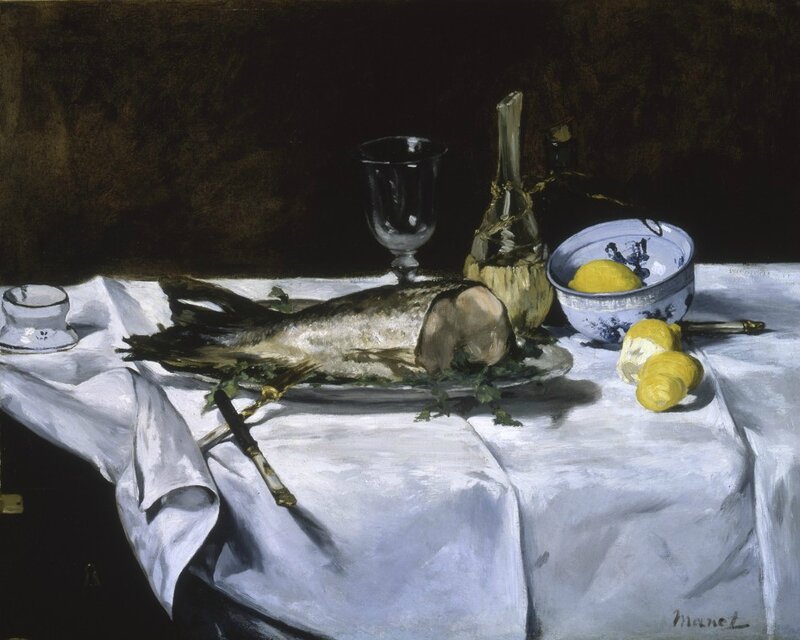



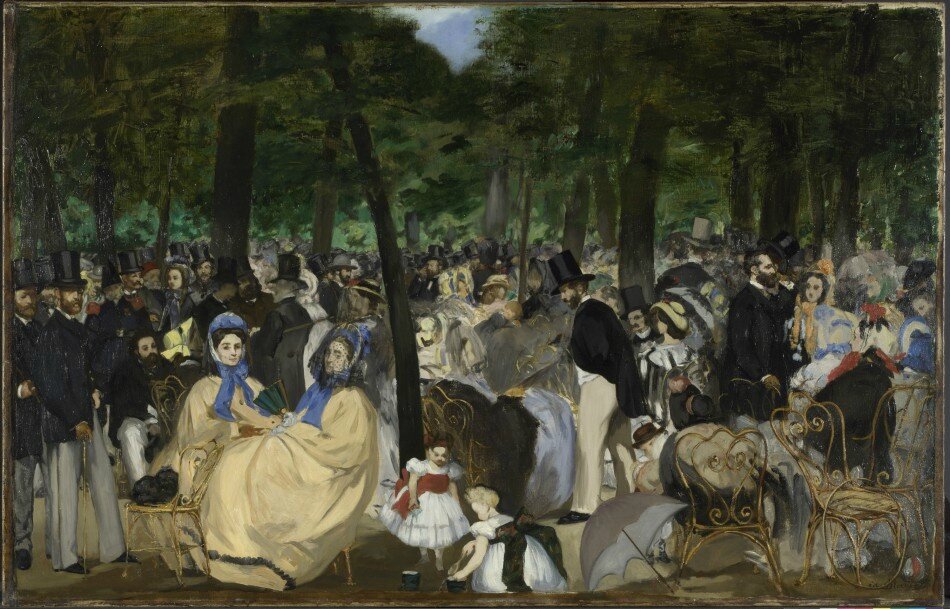



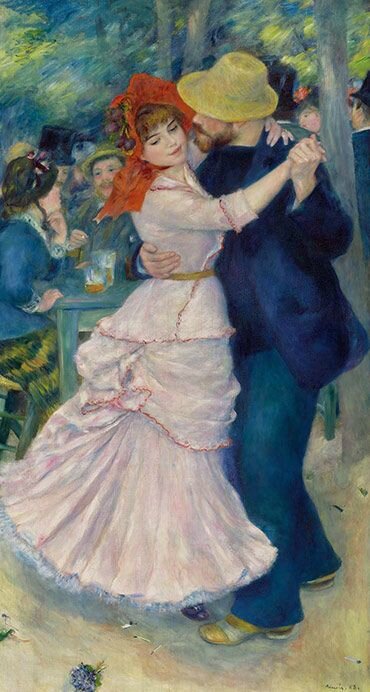


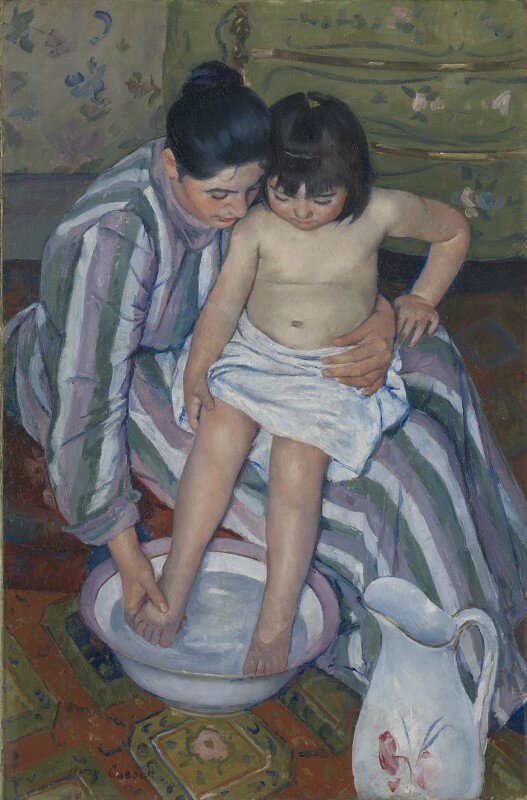
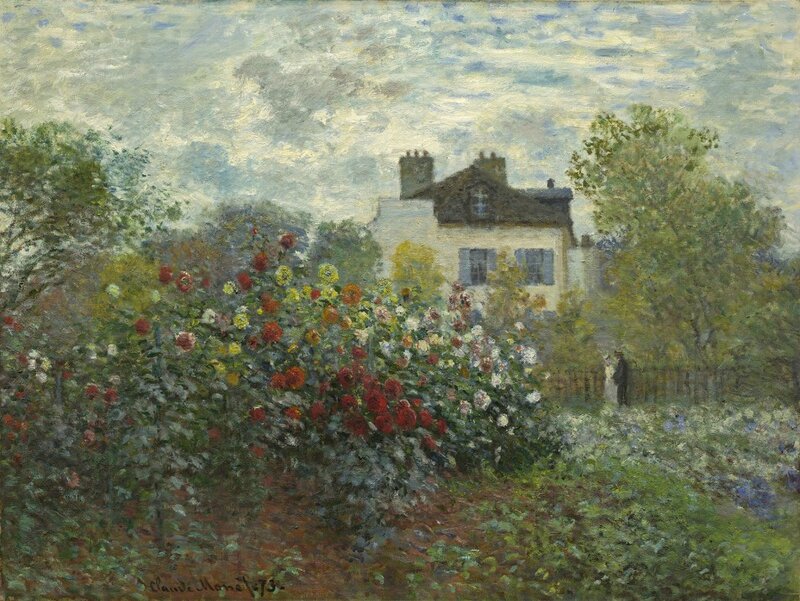

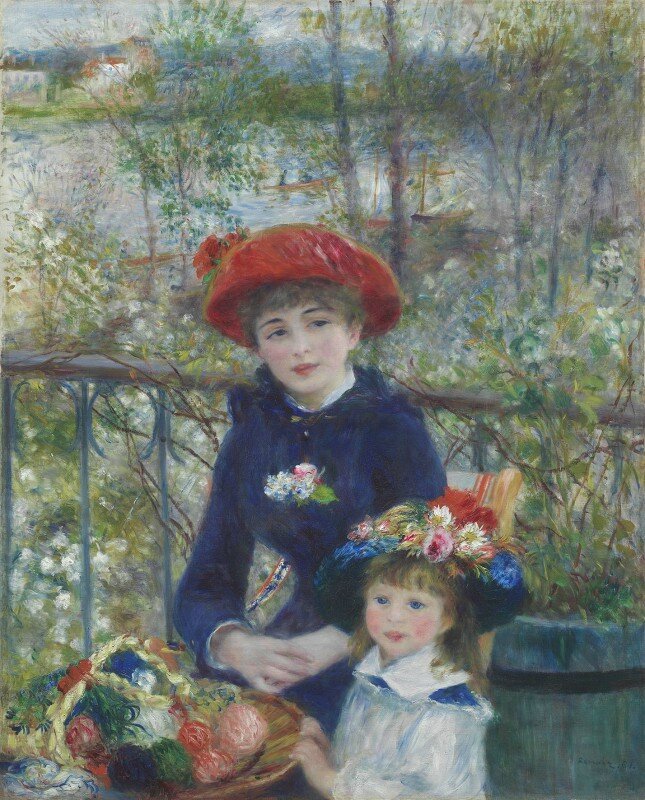
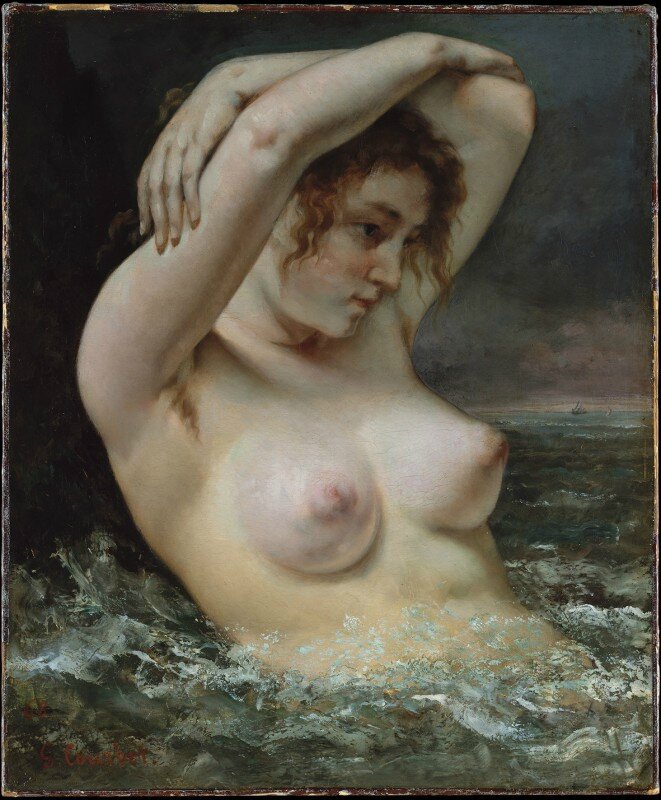


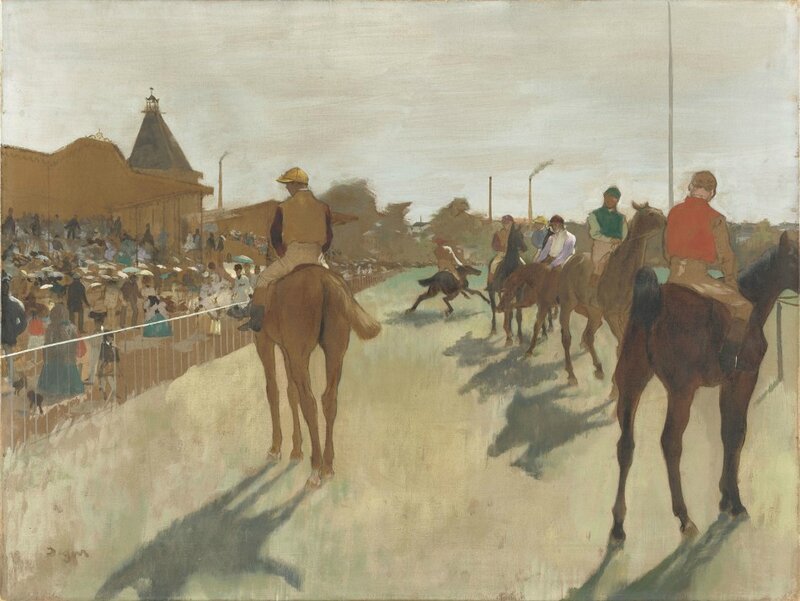
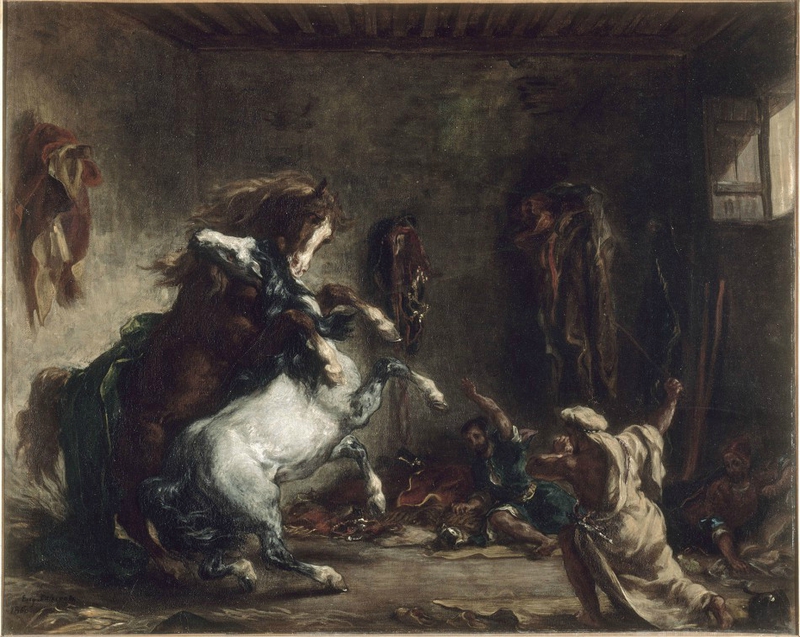
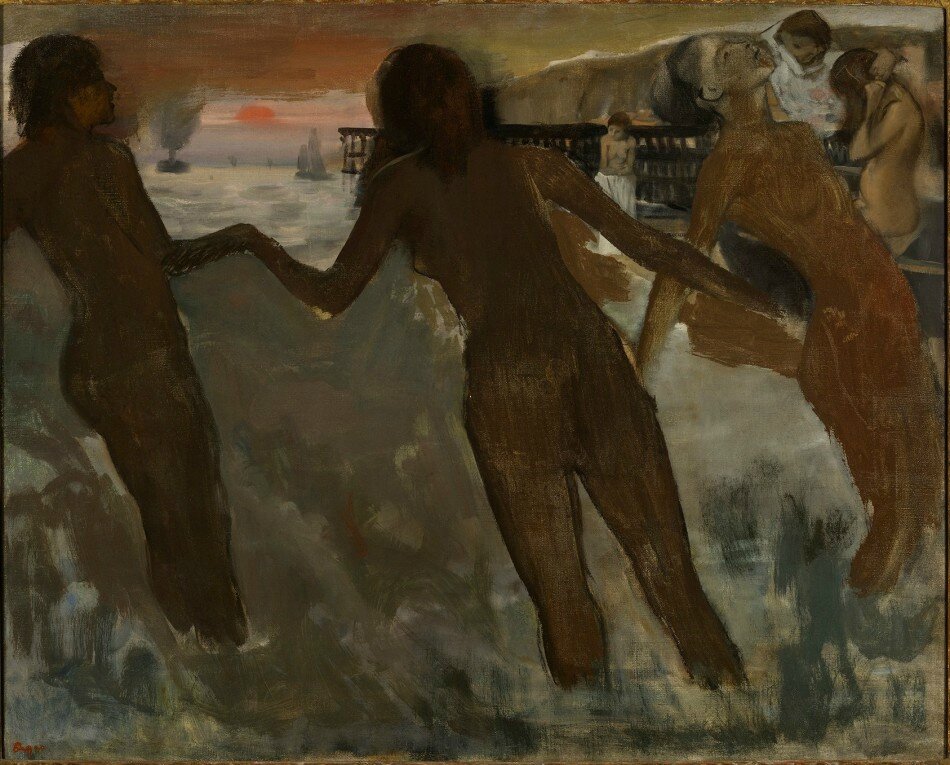
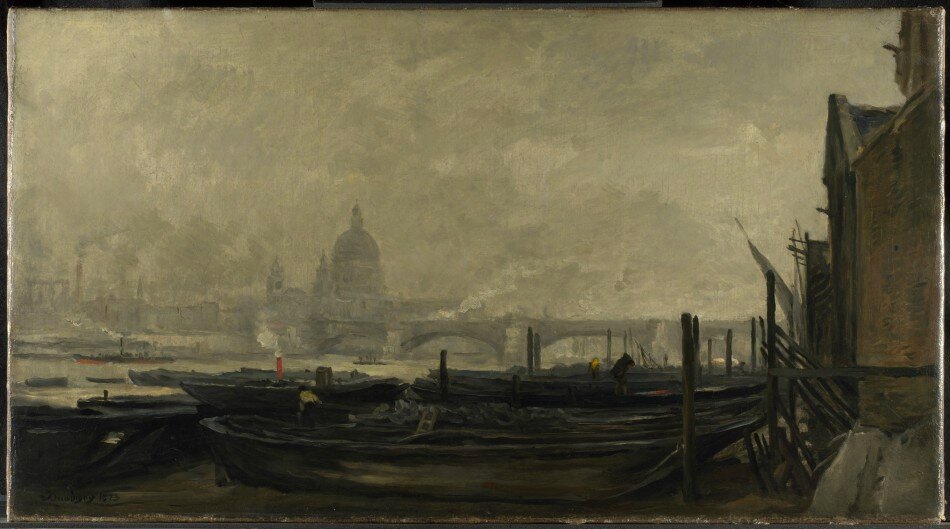

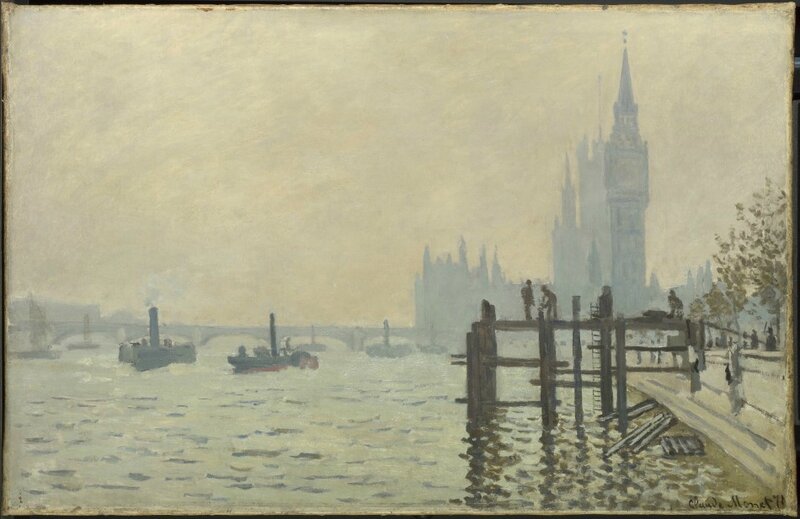




/http%3A%2F%2Fstorage.canalblog.com%2F68%2F72%2F119589%2F129601013_o.jpg)
/http%3A%2F%2Fstorage.canalblog.com%2F43%2F28%2F119589%2F128988697_o.jpg)
/http%3A%2F%2Fstorage.canalblog.com%2F84%2F73%2F119589%2F128782095_o.jpeg)
/http%3A%2F%2Fstorage.canalblog.com%2F36%2F16%2F119589%2F127992333_o.jpg)